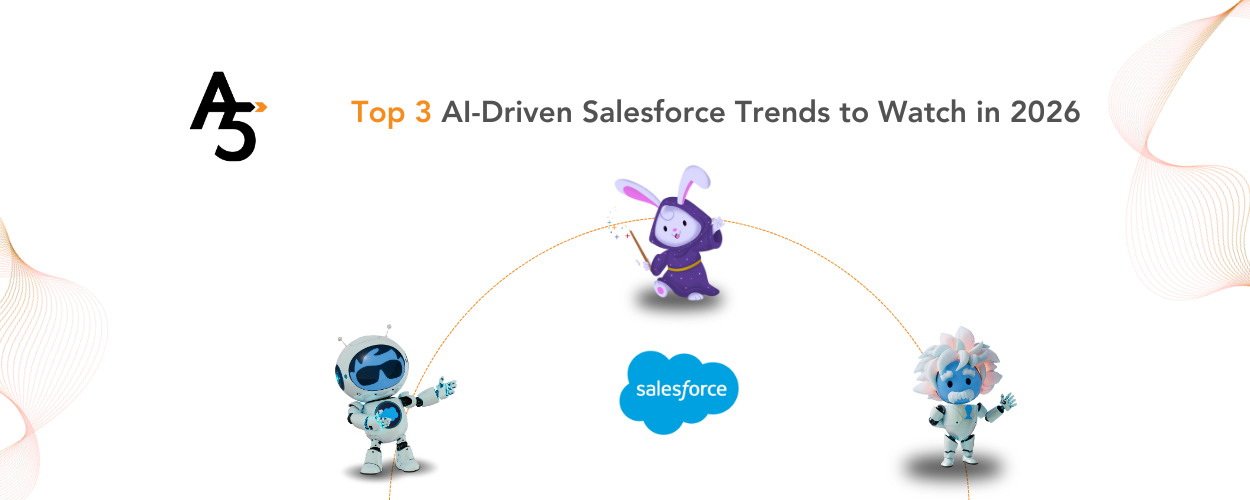A mid-sized logistics firm had a common problem: the sales team looked productive on paper. Meetings were happening, the pipeline was packed, and deals were supposedly moving. But their sales forecasting process kept missing the mark. Over and over again.
Leaders were scratching their heads. How could everything look so active, but still not translate into sales forecasting accuracy they could rely on? This B2B sales forecasting challenge was creating missed sales opportunities and making accurate pipeline forecasting nearly impossible.
Turns out, the issue wasn’t effort—it was the messy, manual way information was being captured. This logistics company case study reveals exactly how to fix sales forecasting when traditional methods fail.
What Wasn't Working
Sales reps were juggling a hundred things. Between back-to-back meetings and travel, updating Salesforce was the last thing on their minds. Some jotted things down on notepads, others kept it all in their heads, planning to update it “later.” Later usually meant rushed notes—or no notes at all.
These manual CRM updates were creating serious pipeline visibility issues. By the time updates made it into the system (if at all), they were often incomplete, out of sync, or simply outdated. The disconnected tools approach was causing revenue leakage that leadership couldn’t even track.
Managers couldn’t tell which deals were real and which ones were ghosts. One team leader described the pipeline as “a graveyard of maybes.” The lack of CRM data accuracy was undermining rep productivity and creating enterprise sales data that nobody trusted.
What They Really Needed
They didn’t need more software. They didn’t need stricter rules. They needed ways to improve CRM data quality—almost effortlessly—for sales info to show up in the right place, at the right time.
Basically, if a deal moves forward, their CRM sales forecasting system should know about it without anyone having to stop what they’re doing to type it in. The data needed to be useful, not just present. This meant implementing workflow automation that would improve sales performance without adding burden to the sales team.
How to Improve Sales Forecasting Without New Additional Tools
We didn’t rebuild their system from scratch. We kept it simple with targeted Salesforce CRM optimization.
First, we connected the dots between tools the team already used—email, calendars, meeting notes—and implemented automated sales updates that flowed into Salesforce automatically. This sales process automation eliminated the double-work that was killing productivity.
Then, we focused on CRM data cleanup and improved how the CRM handled deal stages and follow-ups. Reps didn’t need a guidebook to figure it out. It just worked. The Salesforce data quality improvements made sales CRM reporting actually reliable for the first time —and sales forecasting accuracy began to improve as a direct result.
And instead of blasting people with reminders, we gave sales managers real-time visibility into what was actually happening, so they could jump in with support when it mattered most—not after the quarter closed.
The Outcome (It Happened Fast)
Just a few weeks in, the difference was clear. Sales forecasting accuracy improved by 18% in the first month. Not because someone changed the forecast method—but because the data feeding their sales forecasting process was finally solid.
Reps didn’t feel like they were doing double work anymore. And leadership wasn’t playing detective to figure out what was real. The improved pipeline forecasting gave everyone confidence in the numbers.
The pipeline got cleaner. Managers made decisions faster. Reps felt like the system had their back, instead of being one more thing they had to fight with. This forecasting improvement story shows what’s possible when you address the root cause instead of just the symptoms.
Final Thought: The Problem Wasn't Salesforce—It Was the Process

A lot of companies think they have a tool problem. But in this case, it was really about people, time, and trust. Understanding why forecasts fail is the first step toward building a system that actually works.
By rethinking how information moved through their system—removing the friction, the repetition, the guesswork—they gave their team a way to focus on selling while maintaining accurate pipeline forecasting. The workflow automation didn’t just improve sales performance; it transformed how the entire organization thought about their sales forecasting process.
And that made all the difference in turning their CRM sales forecasting from a “graveyard of maybes” into a reliable engine for growth.





